This Is Why Your Dog Might Be Refusing to Go on Walks
Most owners expect enthusiasm the moment a leash appears, which is why a sudden protest at the doorway feels surprising. A dog that plants its feet is usually trying to say something, even if the message isn’t obvious. Understanding the reason behind this behavior makes daily outings easier and helps everyone enjoy the trip outside again.
Pavement Problems
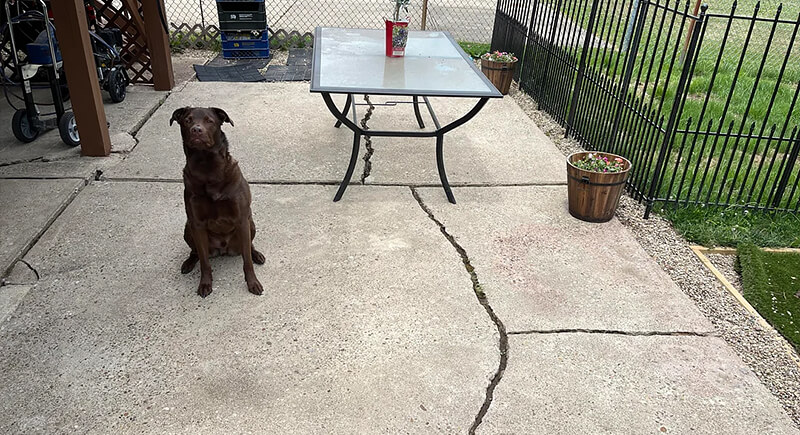
Credit: Reddit
A dog that normally bolts to the door may stop cold if every step hurts. Rough pavement, cracked pads, or a torn nail can turn a short walk into a painful chore. A quick paw check often reveals the problem, and once the irritation is treated, enthusiasm usually returns surprisingly fast.
Weather Mood Swings

Credit: pexels
Some dogs treat unpleasant weather like a personal betrayal. A light drizzle feels like needles to certain breeds, while heat feels scorching. These dramatic reactions can appear overnight and leave owners wondering why yesterday’s route has suddenly become unacceptable.
New to the Whole Leash Concept
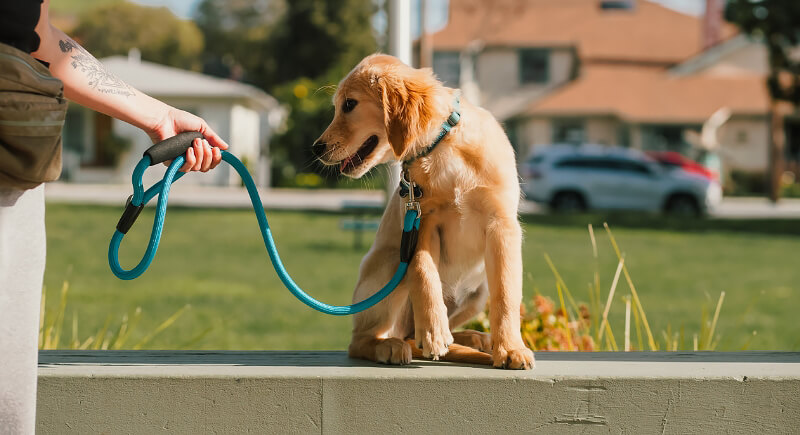
Credit: pexels
Dogs that have never walked on a leash before may have no clue what to do when tension appears. The pull feels strange, and the idea of walking beside a person seems optional. Instead of moving forward, they freeze and look puzzled, trying to figure out the rules of this weird new attachment.
Built-In Low Motivation
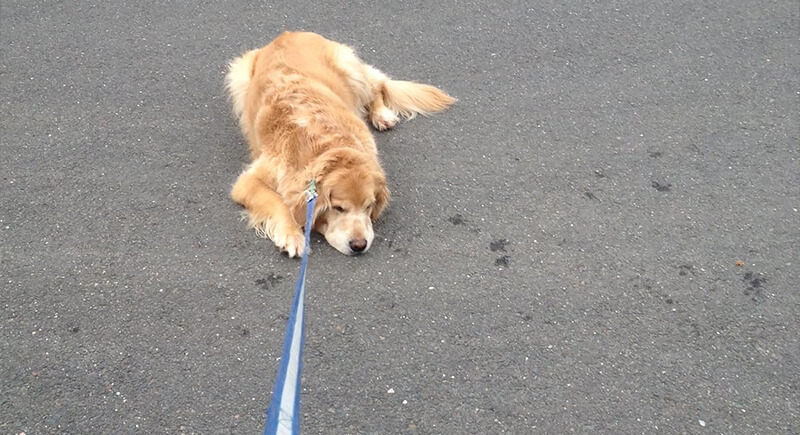
Credit: Reddit
Not every dog wakes up ready for marathon distances. Breeds known for lounging often look satisfied after a short stroll and a good sniff. Pushing them further rarely changes their opinion. The apparent stubbornness sometimes reflects a dog perfectly content with a slower lifestyle and a comfortable couch waiting at home.
Unexpected Fright

Credit: Canva
A single bad moment on a walk can leave a lasting mark. Maybe a trash truck roared past, or a dog behind a gate lunged and startled them. Owners move on quickly, but dogs often file that specific spot under “danger.” Stopping short becomes their way of staying safe.
Fresh Scenery Needed
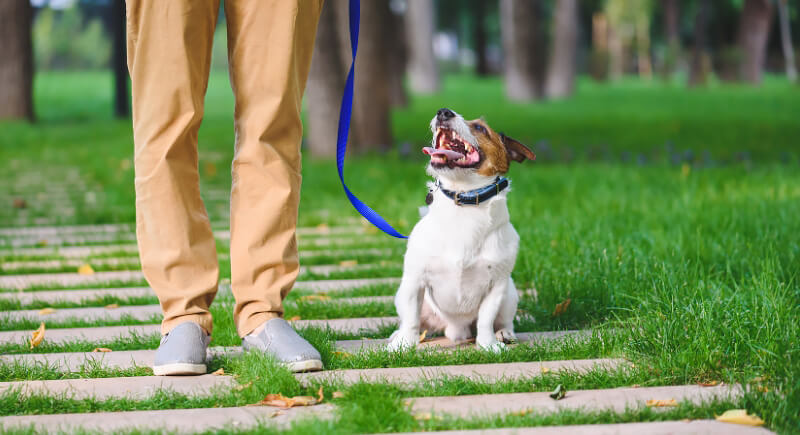
Credit: Getty Images
Dogs notice every smell and change along a route, so repeating the same loop day after day eventually feels like rereading the same page. They slow down, look around half-heartedly, or park themselves in place. Switching streets or visiting a new patch of grass can flip the mood instantly and get them moving again.
Gear Getting in the Way
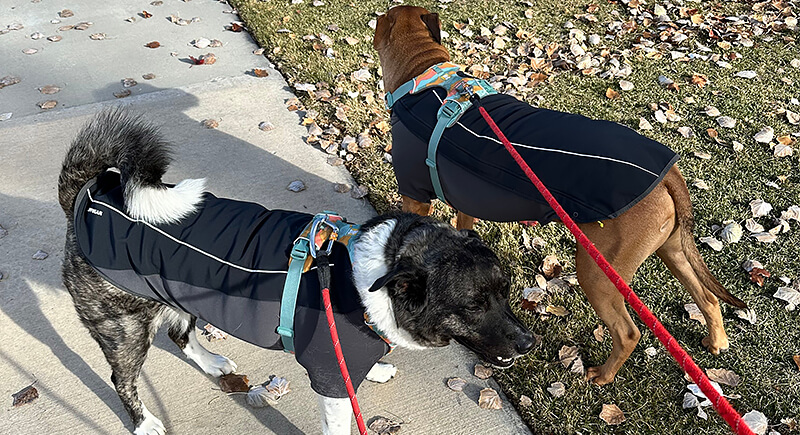
Credit: Reddit
A harness that rubs under the legs or a collar that shifts awkwardly can sour a dog’s mood fast. Some simply freeze the moment the clip clicks. Owners sometimes assume stubbornness when the real issue is a strap digging in or a buckle tugging at fur.
Getting Older
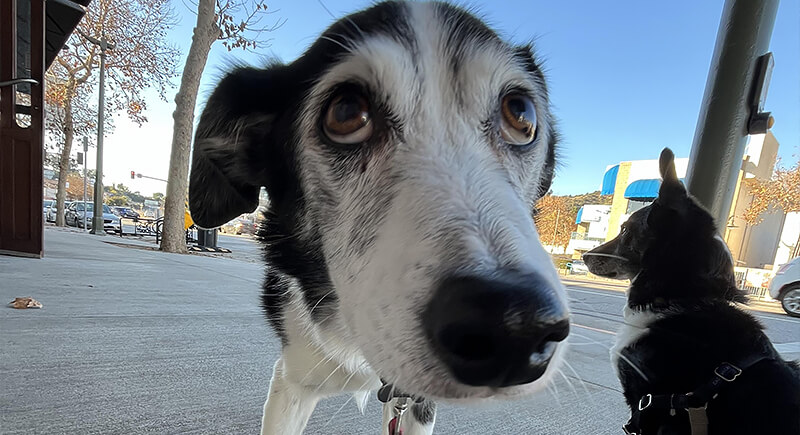
Credit: Reddit
A dog that once launched into walks with zero hesitation might need a moment to loosen up once they get older. That first step can feel stiff, especially in cooler weather. Instead of racing ahead, they pause, stretch, and ease into movement. The slower pace reflects aging joints asking for a bit more patience.
Trying To Control The Route
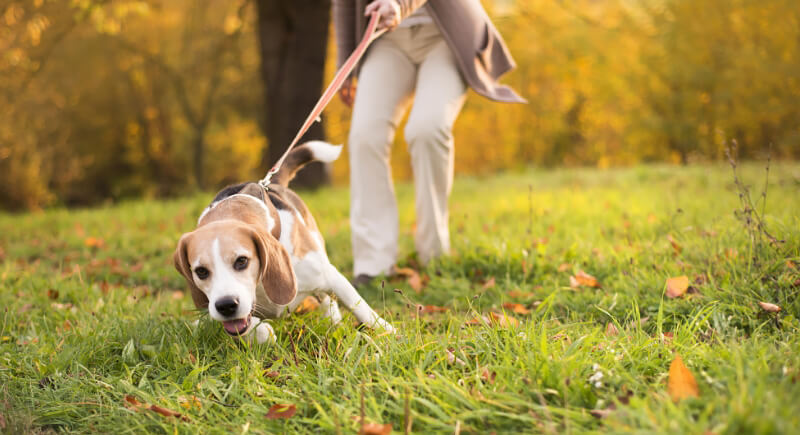
Credit: Canva
Some dogs treat walks like negotiations. They’ll plant their feet because the route doesn’t lead to the spot they had in mind, whether that’s a favorite lamppost or a yard with interesting smells. The pause is a clear attempt to redirect the outing.
Strong Scents Steal Their Focus

Credit: pexels
Dogs often hit a scent patch and suddenly act like they’ve clocked in for a full investigative shift. Their nose drops, their breathing changes, and the world disappears. Letting them “read the news” for a moment satisfies curiosity and prevents restless pacing later.